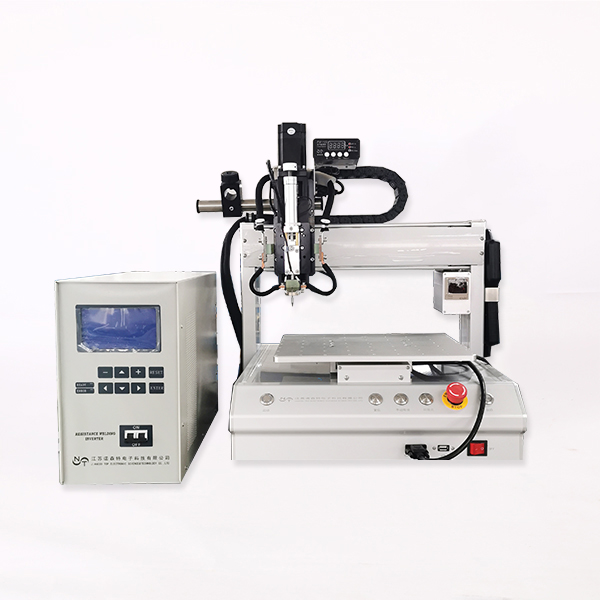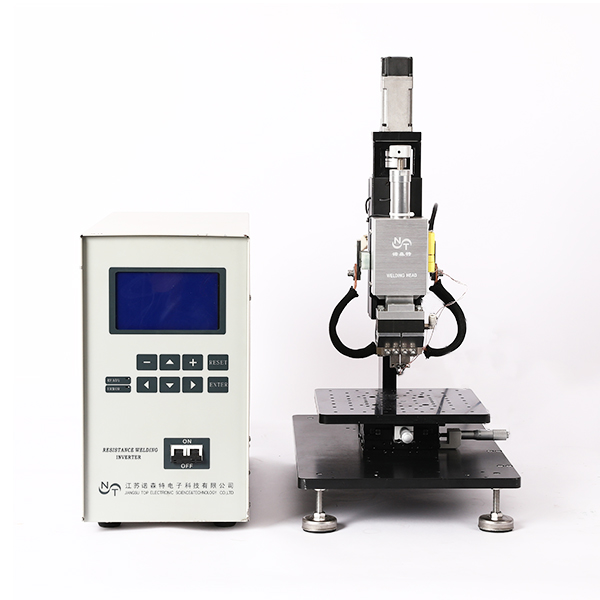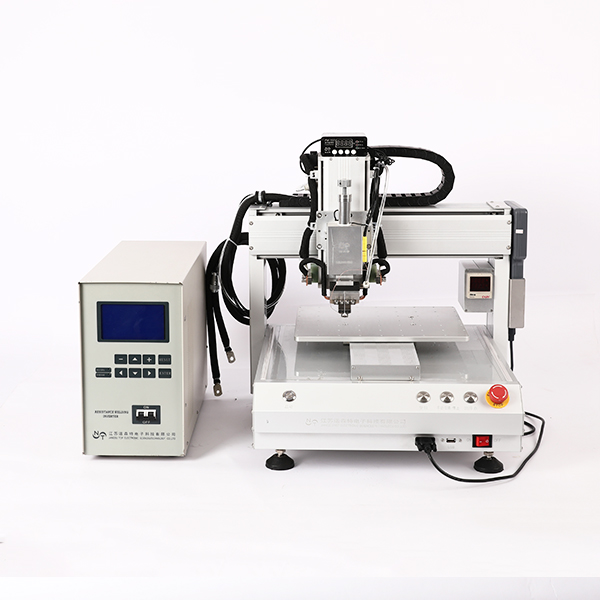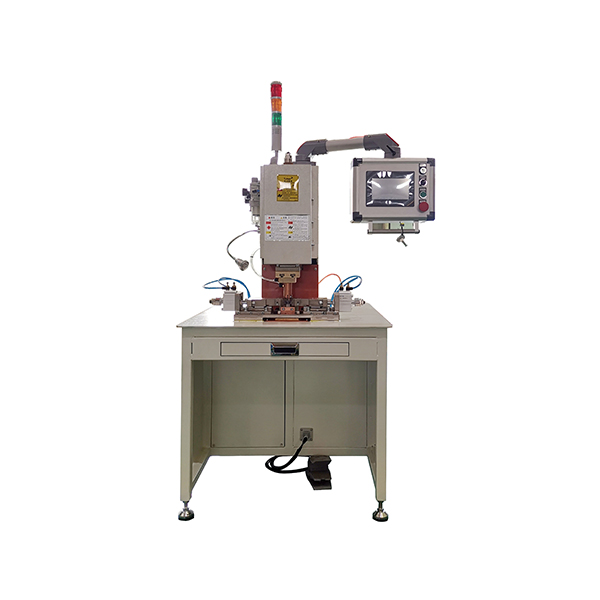Many people have probably heard or seen the hotbar process, but they don't know how to set the temperature of hotbar. Basically, the setting of hotbar's temperature curve is the same as SMT's reflow principle. It also has so-called preheating area, wetting area, reflow area and cooling area. However, we usually skip the preheating area and start directly from the wetting area. Because there is no solder paste collapse in hotbar, which causes solder beads and solder balls, but there are other reasons that may cause solder beads and solder balls problems, but they are the same as preheating area irrelevant.
Almost all hotbar hot presses have at least two temperature zones that can be set, and some may have more than one starting temperature setting, that is to say, generally our hotbar temperature curve will be adjusted to [RSS (ramp soak spike)].
We need to remind you first that when setting the hotbar temperature curve, we must use the thermocouple to actually measure the temperature of the hotbar welding pressure, because the temperature feedback of the machine is only the temperature of the thermal head, and the temperature of the thermal head must pass through FPC to the solder surface during the welding pressure, so there will be a gap between the actual welding pressure temperature and the thermal head.
First temperature setting of hotbar (soakage zone)
This section can be compared to reflow's "soakage area". If it's sac solder paste, this area will be set at about 150 ± 10 ° C. if it's low-temperature solder paste, it must be noted that this section must be set below the melting point of solder paste. At this time, the solder paste is on the eve of melting, the volatile matter in the solder paste will be further removed, and the activator will start and effectively remove Remove oxide from welding surface. At the same time, this area will heat the PCB and FPC to reach a uniform temperature. It is recommended to keep this area for a long time (5-8 seconds) so that all parts to be welded can reach the same temperature. It is necessary to pay attention to whether there is a large area of grounding pin on the PCB pad, which is easy to lose heat. If this period of time is too long, it may also cause solder paste oxidation, so that welding Poor post wetting.
The temperature of this section must also be the temperature that all the heated parts can normally bear for a long time.
The first and second temperature rise slopes of hotbar
The slope of temperature rise must be lower than the heating rate specified for PCB and FPC materials. However, the heat resistance of these two materials is generally very good, so the slope is usually much higher than that of reflow. However, it should be noted that the heating rate tolerance of some halogen-free soft boards and circuit boards will be relatively poor.
Hotbar's second temperature setting (reflow zone)
This section can be roughly compared to reflow's "reflow area", that is, tal (time above liquid). The time after reaching this section (peak value) is generally not recommended to be too long. First, the parts to be welded may not be able to withstand such high temperature for a long time. Second, the solder paste under liquid state will flow everywhere like water, and a little carelessness may overflow the original pad and cause short circuit.
The general peak temperature should be about 25 ~ 30 ° C higher than the normal melting point temperature of solder paste, so as to complete the welding operation smoothly. If it is lower than this temperature, it may cause the defects of cold welding and poor wetting.
If it is sac solder paste, the temperature is about 250 ± 5 ° C, and the maintenance time is about 1-3 seconds.
Hotbar cooling zone
It is generally believed that the cooling zone should be cooled rapidly to make the solder solidify. Rapid cooling can also obtain finer crystallographic structure, improve the strength and glossiness of solder joints.
On the contrary, the slow cooling above the melting point will easily lead to the formation of excessive intermetallic compounds and larger eutectic particles, and reduce the fatigue strength. Therefore, a relatively fast cooling rate can effectively inhibit the formation of intermetallic compounds.
The pressure substitute of hotbar is generally placed in the room temperature, so it will automatically cool down to the room temperature according to the characteristics of the material after heating, which will accelerate the cooling rate of hotbar after hot pressing. Generally, compressed air will be used to blow directly on the welding pressure object or hot head, on the one hand, better welding effect can be obtained, on the other hand, convenient to reduce working hours. Therefore, confirm whether there is compressed air cooling during operation.
 Taobao1
Taobao1 Taobao2
Taobao2 Alibaba Wuxi
Alibaba Wuxi Shenzhen Alibaba
Shenzhen Alibaba
 English
English Chinese
Chinese



